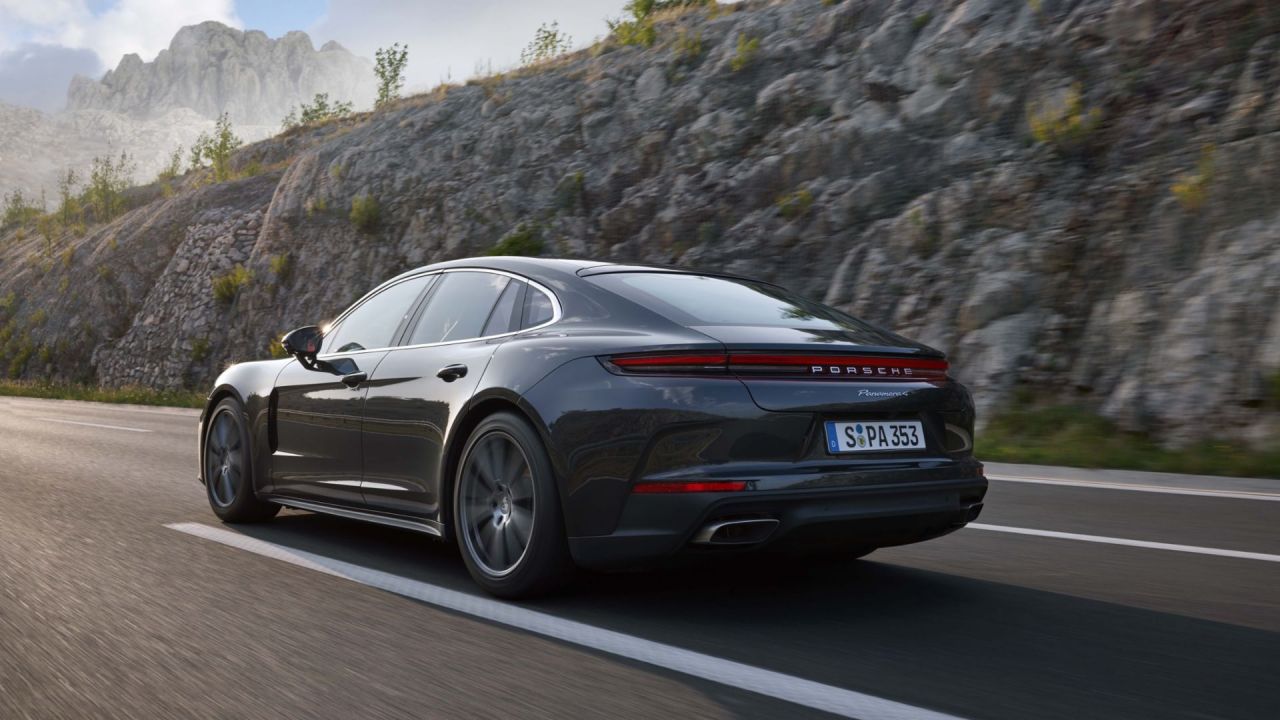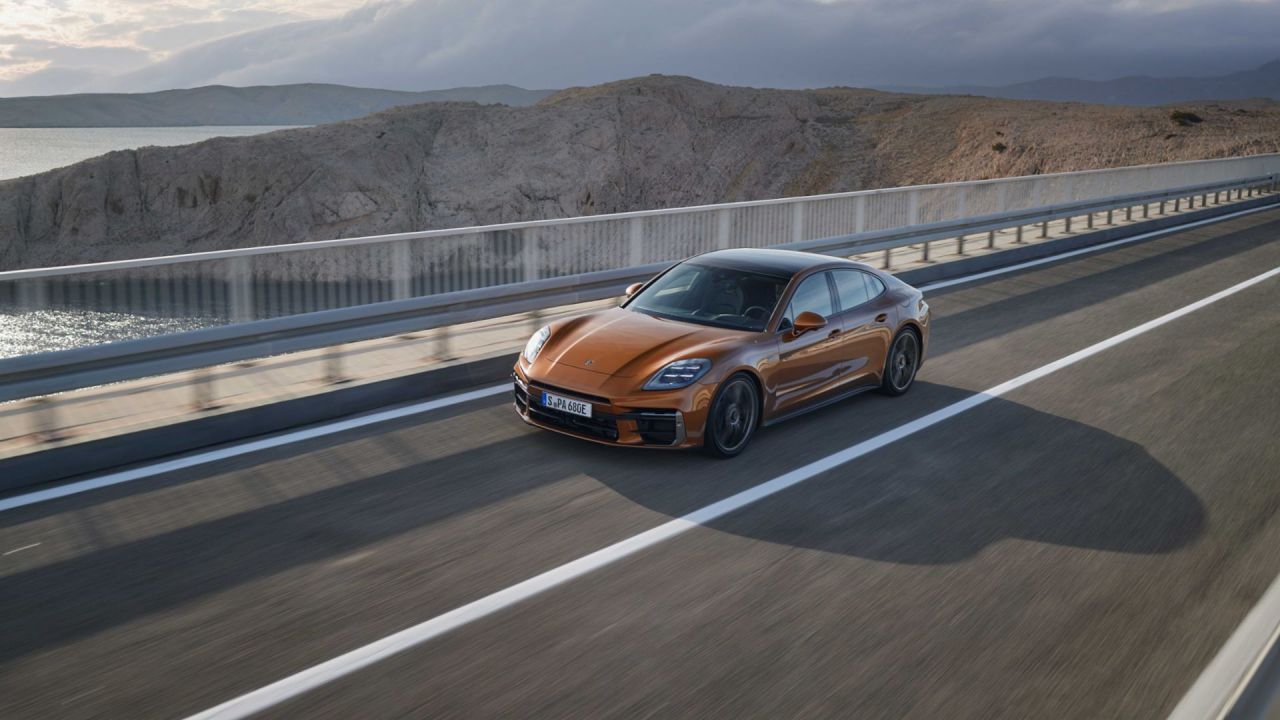Porsche unveils third-gen Panamera
The latest Panamera merges evolutionary design with new tech, featuring V6 and Turbo E-Hybrid variants for 2024




Porsche has recently unveiled the third generation of its Panamera model, signalling a continued evolution of its four-door saloon that first launched in 2009.
The new Panamera is available in two main variants: an entry-level model with a V6 engine, priced at £79,500, and a more powerful Turbo E-Hybrid version featuring a hybrid-assisted V8 engine, which starts at £141,400.
The latest iteration of the Porsche Panamera exhibits a design approach that is more evolutionary than revolutionary, staying true to the model's established aesthetic while introducing several new elements.
The most noticble chnages are to the car's lightin. The front end of the Panamera is now equipped with new angular headlights with the same advanced LED technology that Porsche initially introduced in the Cayenne SUV.
At the rear, the Panamera showcases a redesigned light, coupled with a wider rear glass screen.

The Turbo E-Hybrid meanwhile introduces some additional new aesthetics, characterised by titanium-coloured elements and a monochrome Porsche shield, which Porsche intends to apply to future Turbo models across its range. This variant can also ride on centre-lock wheels, similar to those on the Porsche 911 Turbo S.
The interior of the Panamera has also been updated, with a focus on digital interfaces and a reduction in physical buttons. The car features a new curved digital screen, replacing the previous analogue rev-counter, and a central 12.3-inch touchscreen. The drive selector has been repositioned to the upper dash, and the centre console now incorporates a mix of touch-sensitive and physical controls.
Underpinning the new Panamera is the MSB-w platform, co-developed with Bentley, which includes advanced features like new suspension options aimed at enhancing ride quality and dynamic handling.

The standard suspension system across all models is a twin-chamber air suspension with dual-valve damper technology. The hybrid models further benefit from a fully active suspension system, which replaces the traditional anti-roll bars and allows for comprehensive control over the car's dynamics.
In terms of powertrains, the base and all-wheel-drive Panamera models use a 2.9-liter twin-turbocharged V6 engine, delivering 348bhp. The Turbo E-Hybrid, on the other hand, features a more sophisticated hybrid system with a 29.4kWh battery - enough for a claimed electric range of 62 miles. It powers an electric motor, enabling a total system output of 671bhp, meaing 0 to 62 mph in 3.2 seconds, before reaching its top speed of 195 mph.
Porsche has indicated that the Panamera line will expand to include additional hybrid models and a pure V8-powered variant, though the Turismo estate has been dropped due to limited interest in markets beyond Europe. Deliveries are set to begin in Europe from March 2024.
